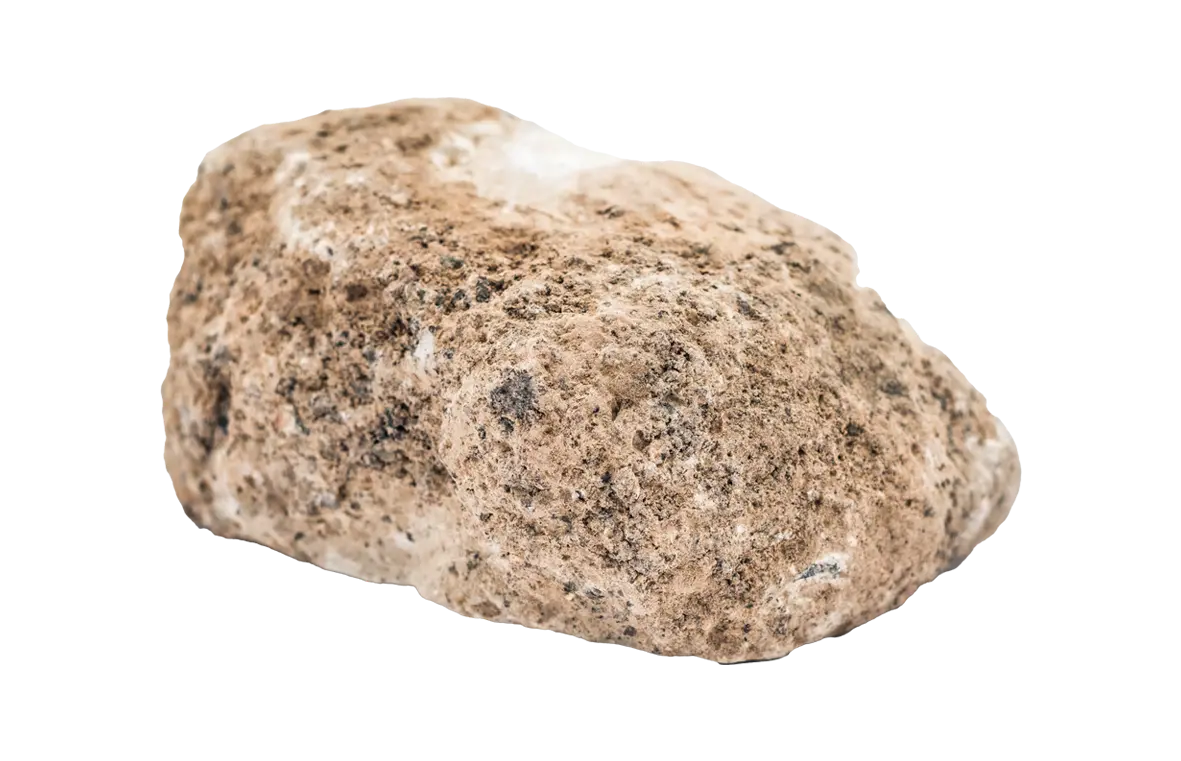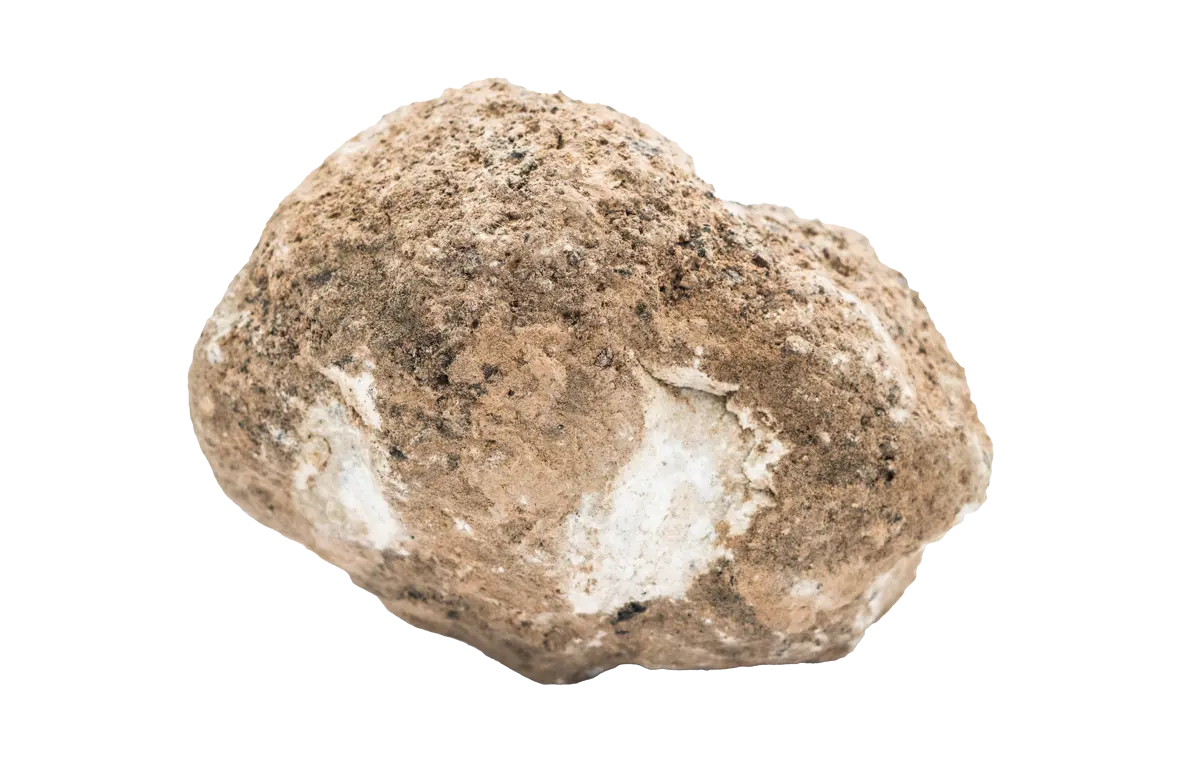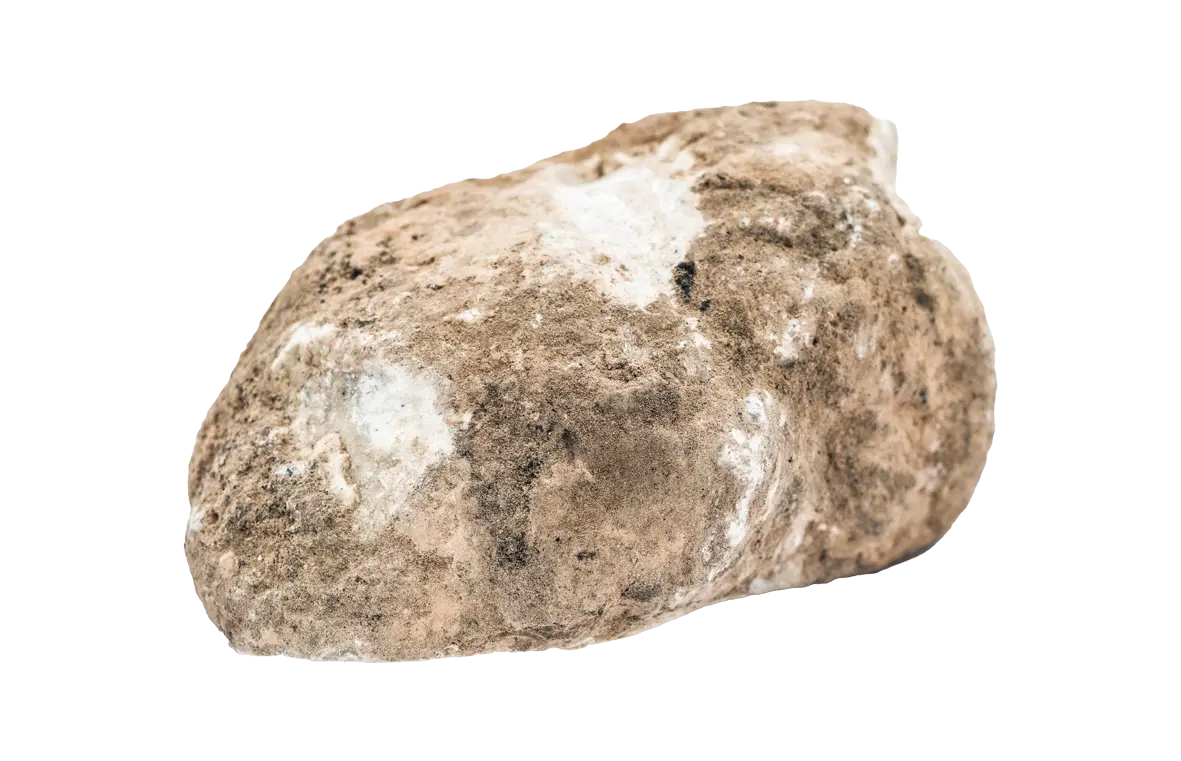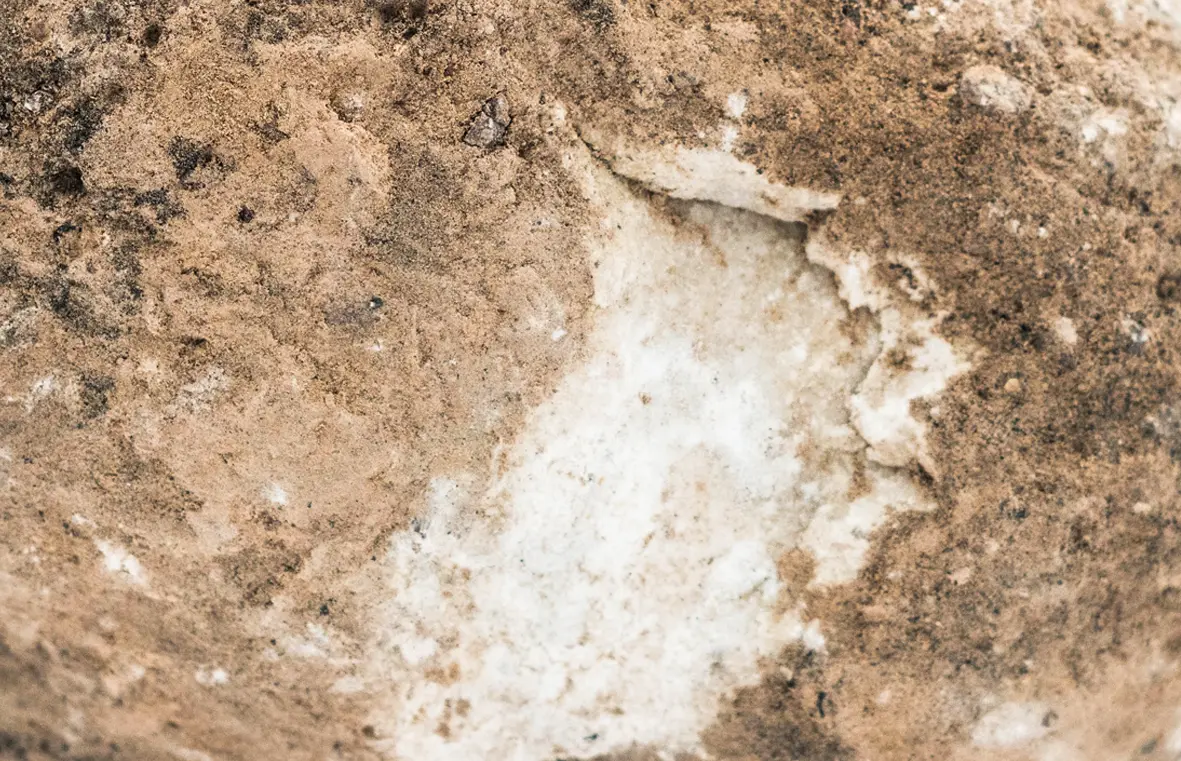Celestine mineral stone
Celestine or Celestite (SrSO4) is a mineral conforming to strontium sulfate. Regularly, Celestine is tintless, but colorful contamination unfolds this crystalized mineral with the shade of soft blue, white, light red, green, or brown. We can find Celestine as one of the richest sources of strontium.
Applications of Celestin
- Hot fireworks.
Celestine, sulfur, and wick are used in hot fireworks and their burning produces light. In this type of firework, the high heat causes the objects near the fire to burn. Therefore, the organizers should do this very cautiously.
- Aluminum alloys.
The use of celestine in aluminum alloys, which are alloys with metallic properties that usually contain 90 to 96% aluminum, and in addition, they have one or more other elements, such as celestine, which are added to aluminum to improve its properties.
- Electro ceramic.
Electro ceramics are a group of advanced ceramics, which were developed along with the progress and development of technology. In terms of importance, they are in second place after semiconductors, which is one of the uses of celestine.
- Application of celestine in medicine.
Celestine is widely used in psychology and psychiatry, and in this field, it is considered one of the valuable minerals, the drug compounds prepared from it increase public relations skills, speaking, and also increase the ability to understand concepts.
- Celestine is used in glass because non-silica glass is more suitable for use in technology. Strontium metal is widely used to produce neutral glasses.
There are so many other uses of Celestin in the world that we have not mentioned here.
- Pigments
Celestine is used in making pigments as below:
A: Production of plastic paints
- Production of oil paints, production of cellulosic paints
D: production of printing inks
E: paper paint






